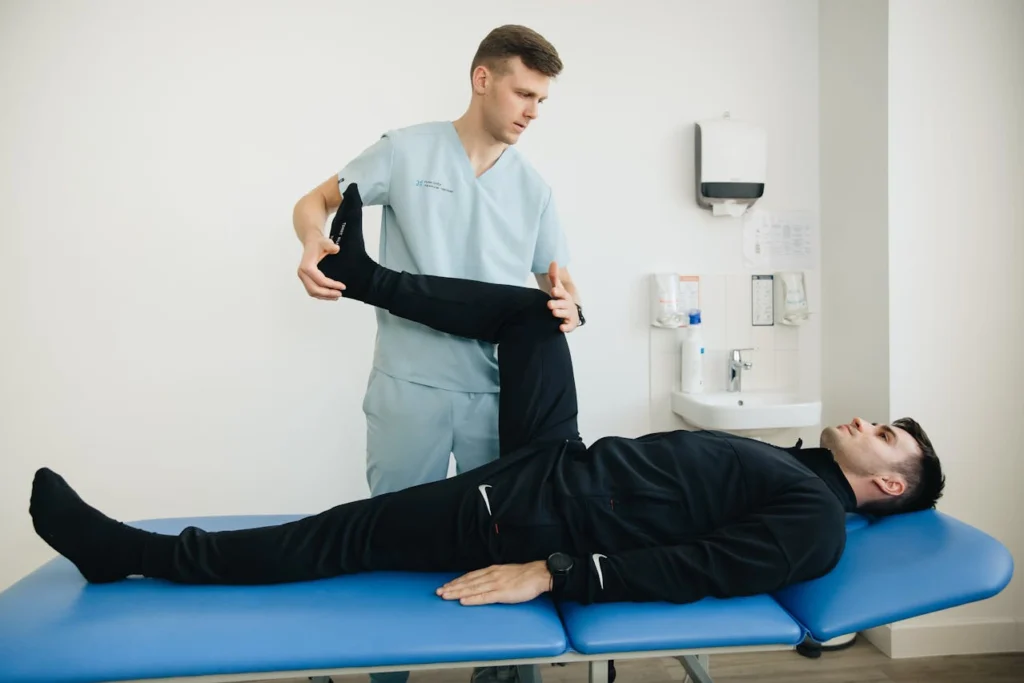Knee Pain Causes

Injuries and Surgery
Knee pain is most often associated with general wear and tear from daily activities such as walking, bending, standing, and lifting, making it a common complaint among adults. Whether the knee pain is caused by aging or injury, it can be a nuisance and, in many cases, even debilitating. Almost all adults will experience this type of pain as they age.
Brief anatomy of the knee
The knee is a joint that bears a great deal of stress from everyday activities such as lifting and kneeling and from activities such as jogging or just walking.
The knee is formed by the following parts:
- Tibia. This is the shin bone or larger bone of the lower leg.
- Femur. This is the thighbone or upper leg bone.
- Patella. This is the kneecap.
Each end is covered with a layer of cartilage that absorbs shock and protects the knee. The knee consists of two long leg bones held together by muscles, ligaments, and tendons.
Two major muscle groups are involved in the movement of the knee: the quadriceps muscles, located at the front of the thighs, which straighten the legs, and the hamstring muscles, located at the back of the thighs, which allow the leg to bend at the knee.
Tendons are tough, band-like cords of tissue that connect muscles to bones. Ligaments are thick, elastic, string-like tissues that connect bones to other bones. Some ligaments limit the forward and backward movement of the tibia (shin bone), while others provide stability and protect the knee joint.
What are some common knee problems?
Most knee problems result from the aging process and continuous wear and tear on the knee joint, such as that seen in arthritis. Other knee issues may arise from injuries or sudden strain due to improper knee movement. Common knee problems include the following:
- Sprained or strained knee ligaments and muscles. These injuries are typically caused by trauma to the knee or a sudden twisting motion. Symptoms often include pain, swelling, and difficulty walking.
- Torn cartilage. Knee injuries can tear the menisci—pads of soft, gel-like tissue that act as shock absorbers and enhance joint stability. Sprains often lead to cartilage tears. Treatment may involve wearing a brace to prevent further injury during physical activity. In some cases, surgery is necessary to repair the tear.
- Tendonitis. Tendonitis is inflammation of the tendons, often due to overuse during activities such as running or bending. When the patellar tendon is involved, the condition is called jumper’s knee. This is common in sports like basketball, where landing from a jump places significant strain on the tendon.
- Arthritis. Osteoarthritis is the most common type of arthritis affecting the knee joint and is often related to aging. It is a degenerative condition in which the cartilage gradually wears down. This condition typically affects middle-aged and older adults and can be worsened by repeated injuries or being overweight. Pain results from the bones rubbing against each other under stress, leading to inflammation.
